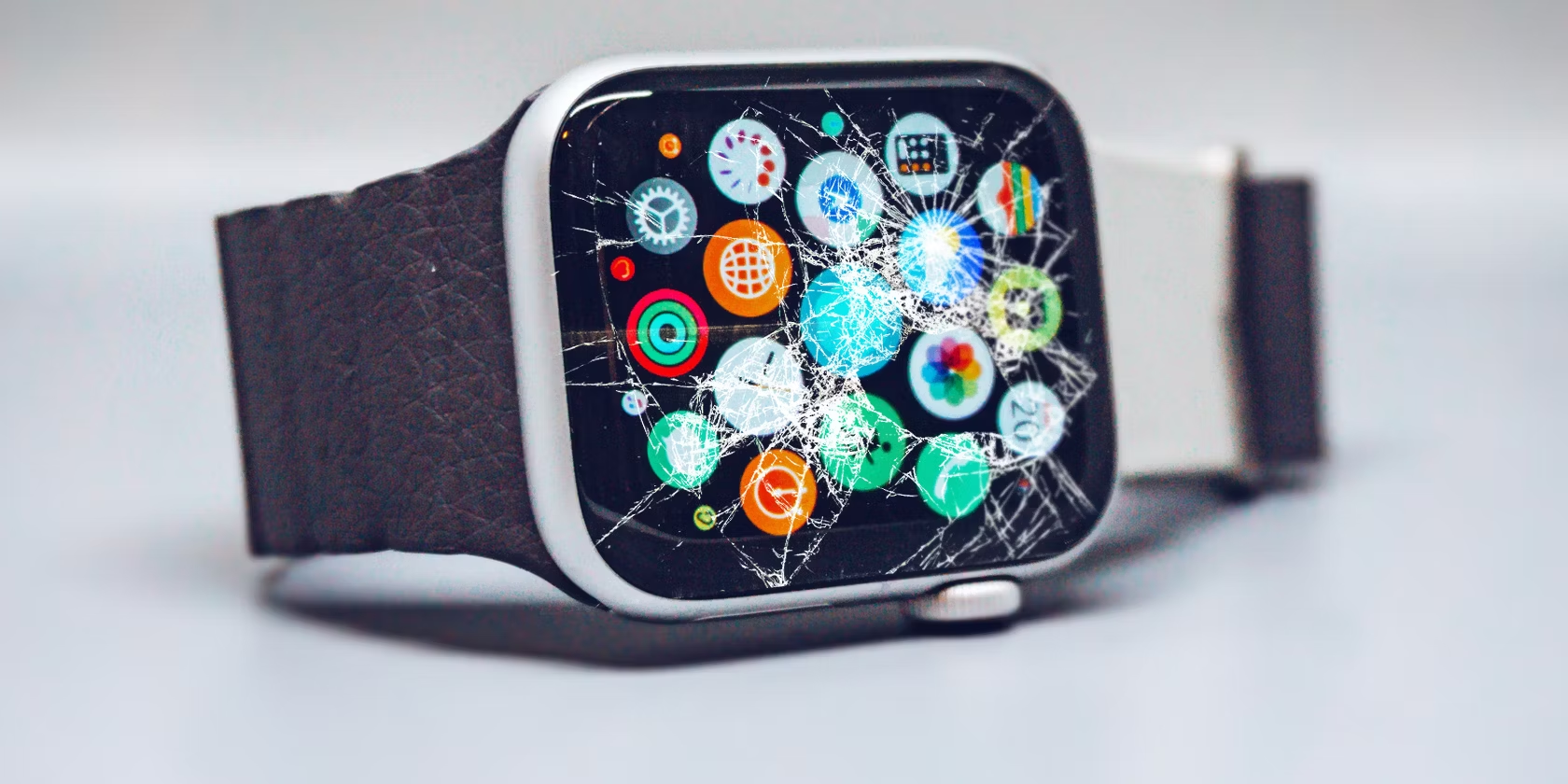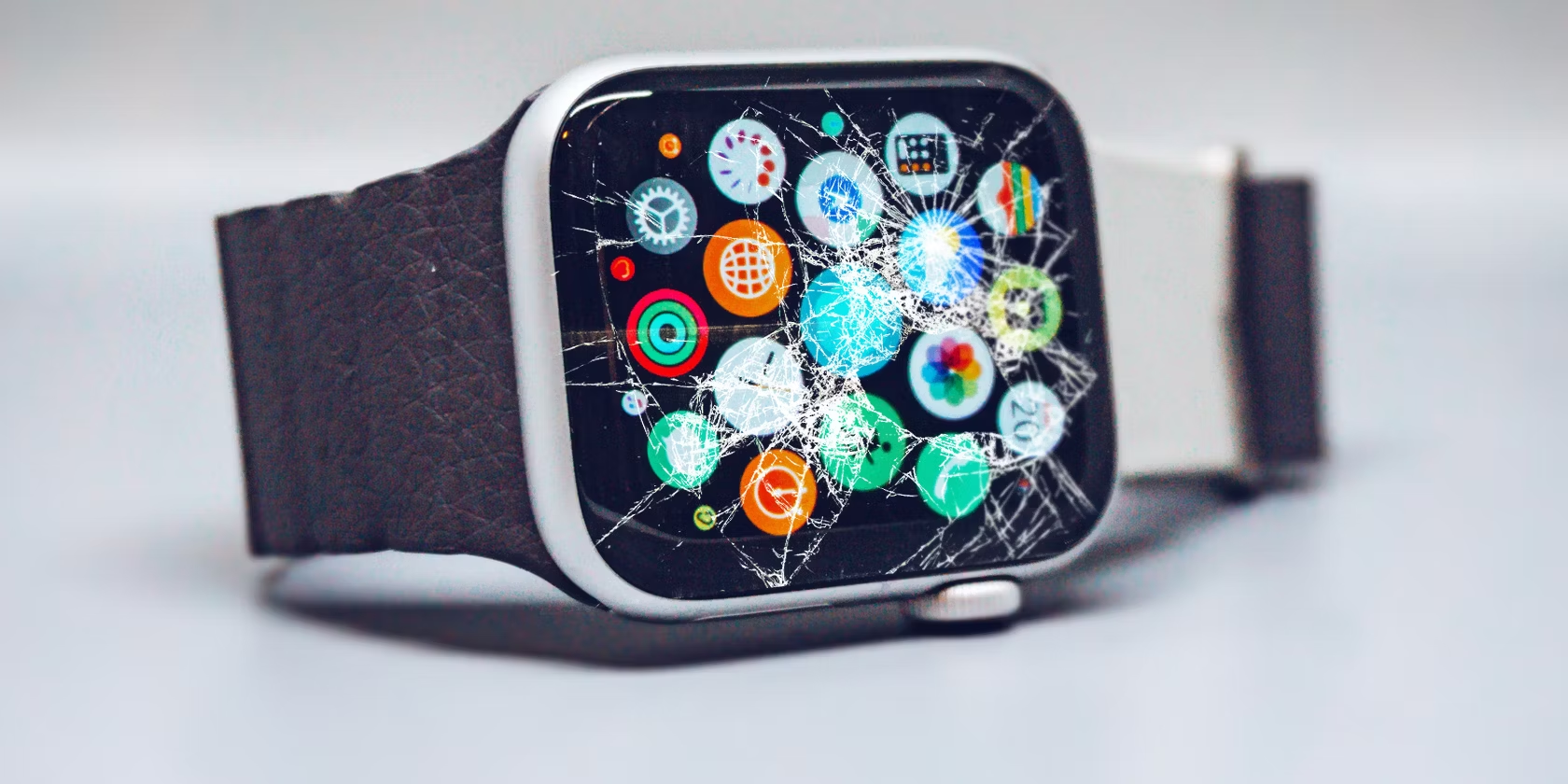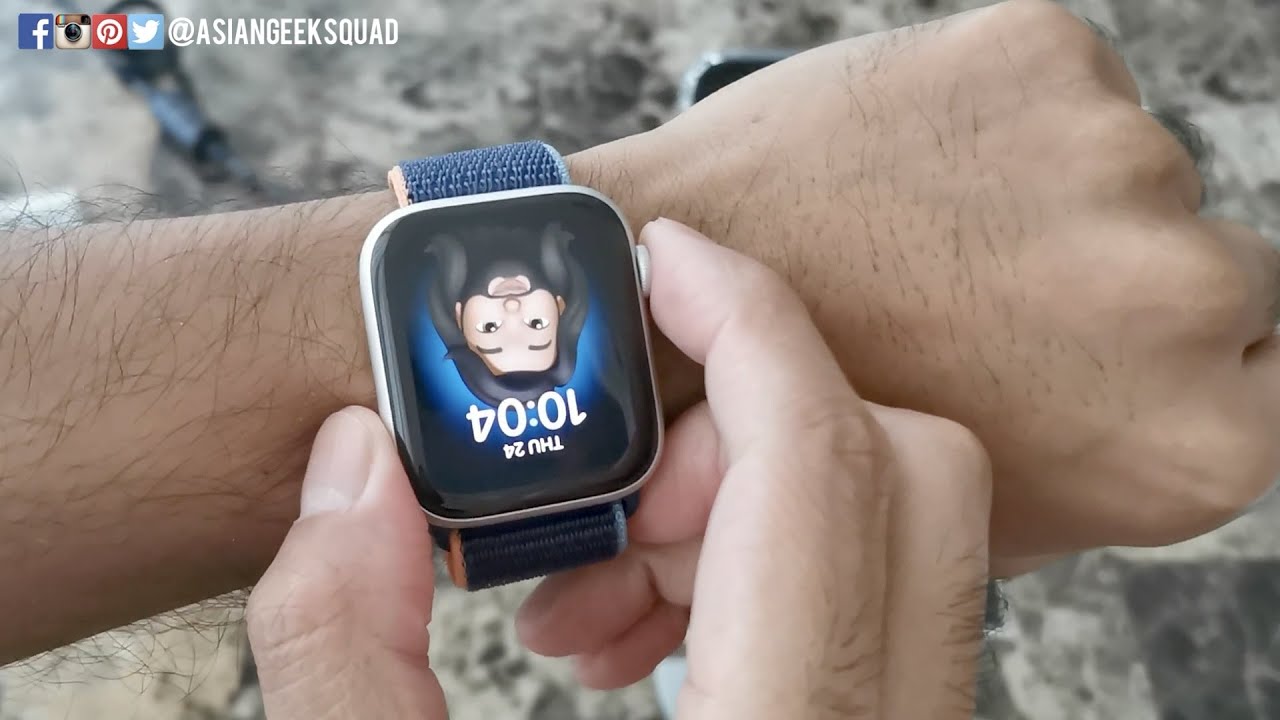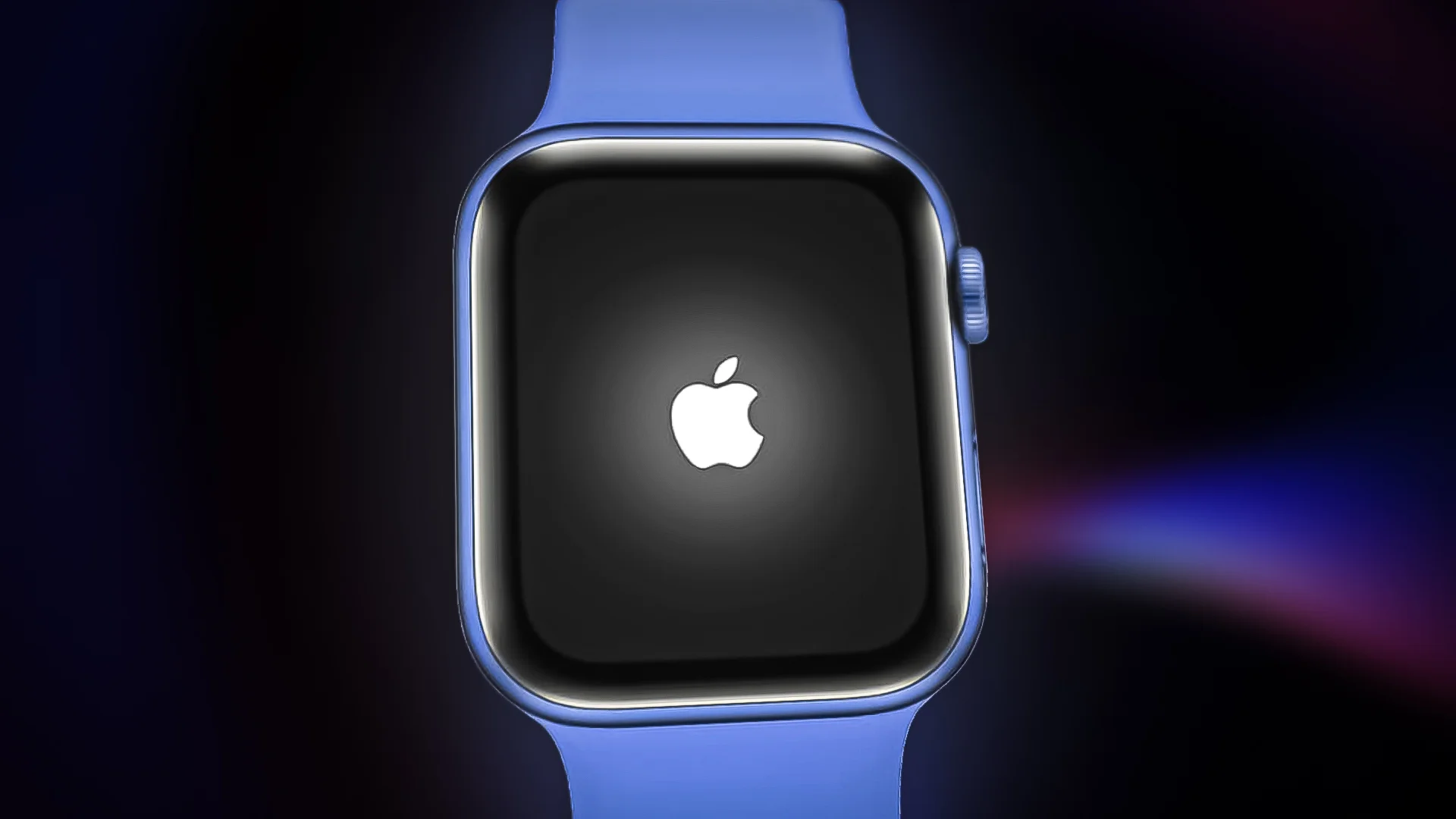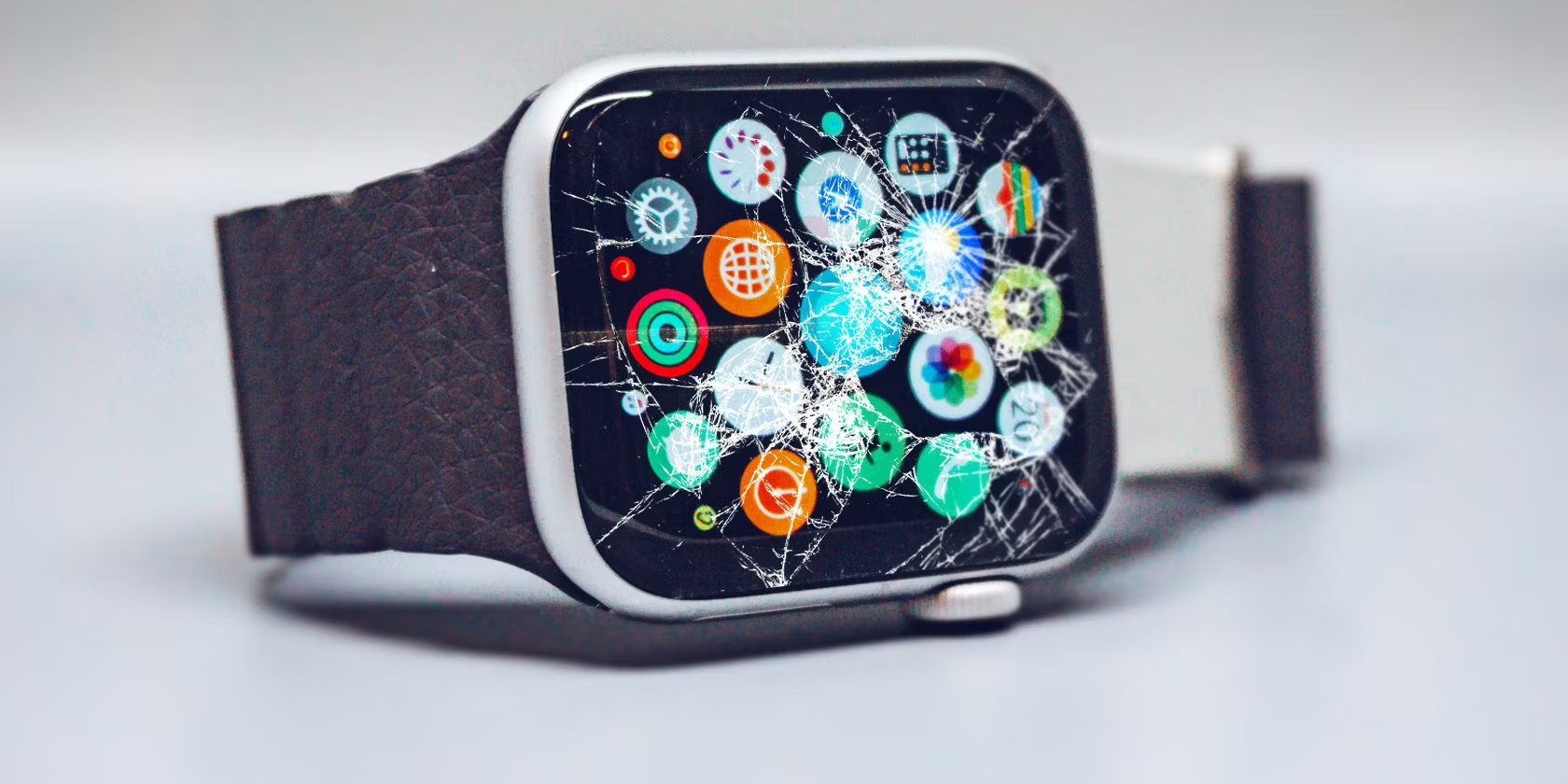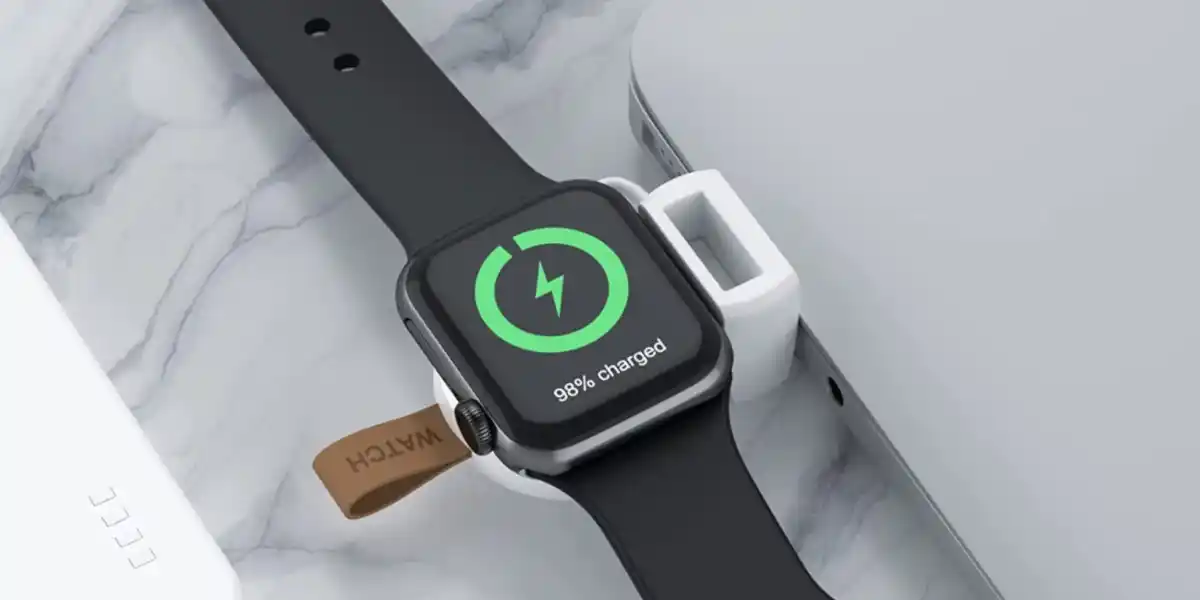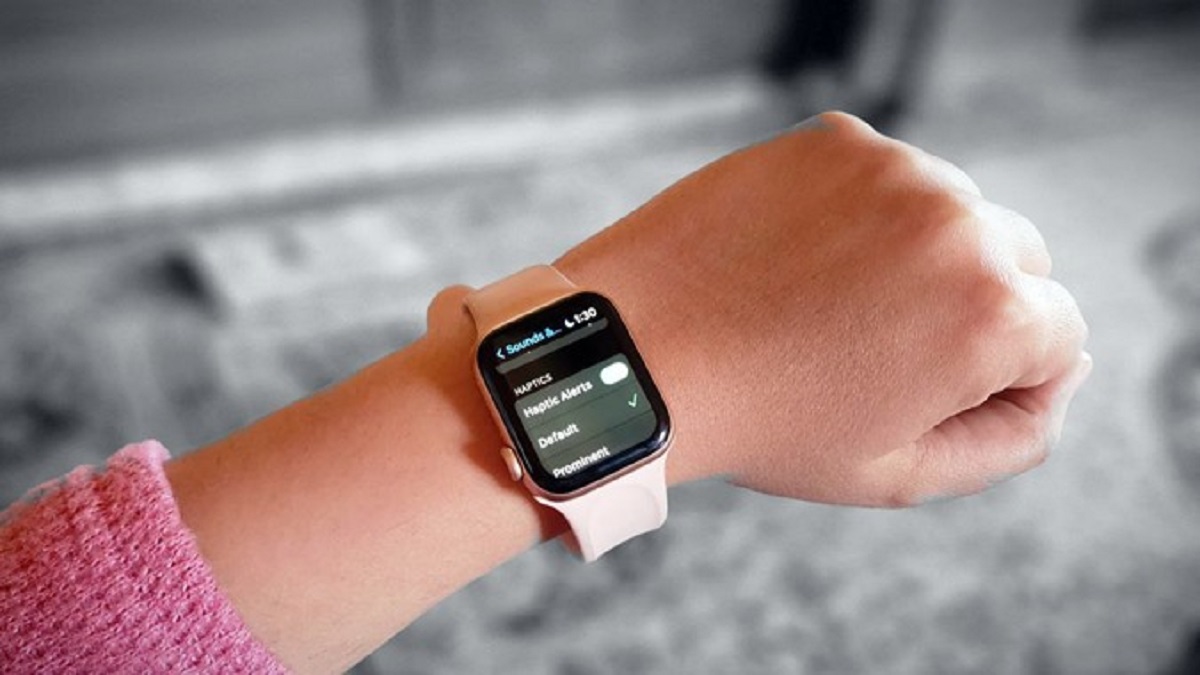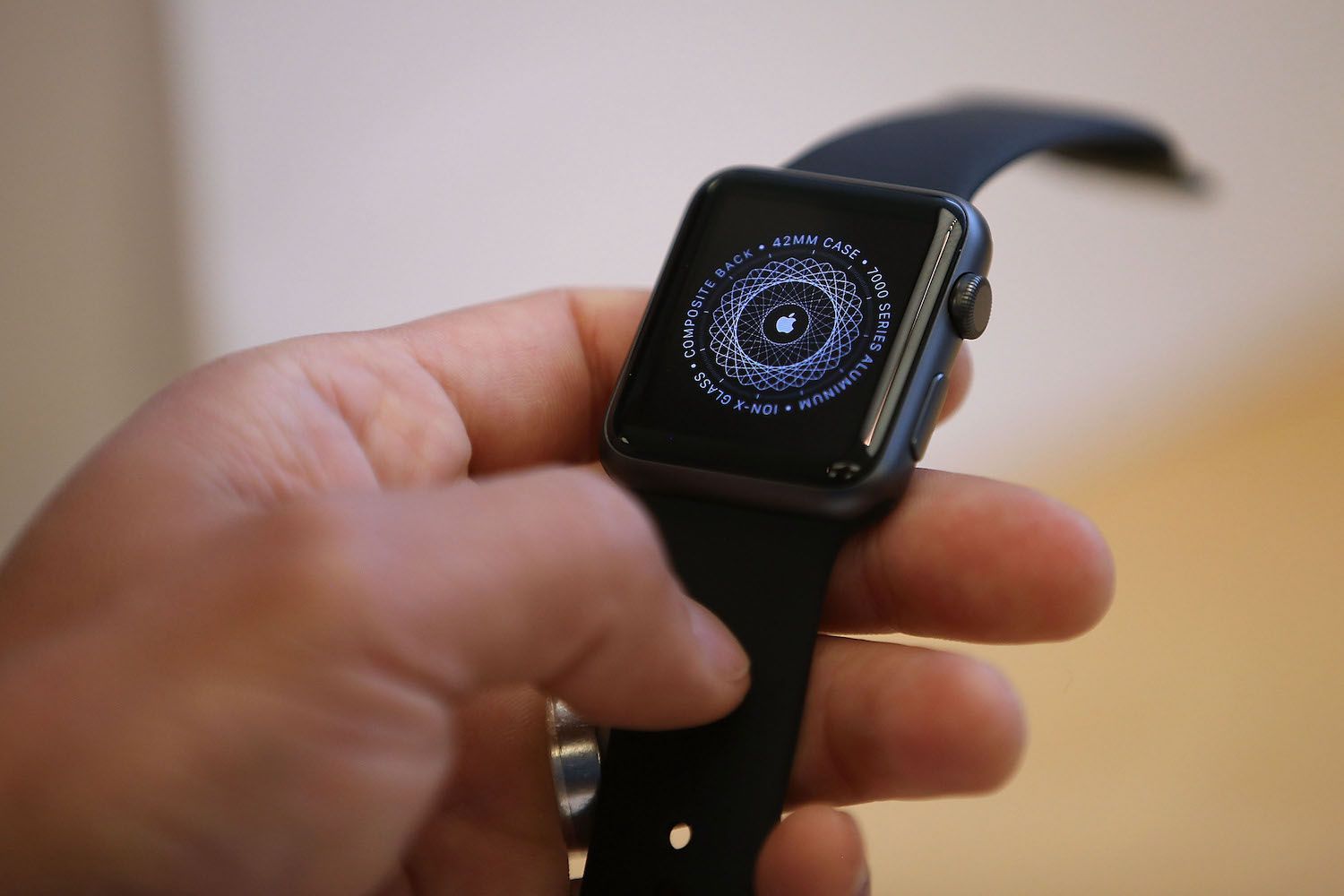Introduction
Welcome to the ultimate guide on how to fix common issues with your Apple Watch. As a proud Apple Watch owner, you know how invaluable this wearable device can be in enhancing your daily life. From tracking your fitness goals to receiving important notifications, the Apple Watch has become an essential companion for many. However, like any electronic device, the Apple Watch can occasionally encounter problems that may disrupt its functionality.
In this comprehensive guide, we will explore various troubleshooting methods to help you resolve these issues and get your Apple Watch back in perfect working order. Whether you’re experiencing a frozen screen, unresponsive apps, or connectivity problems, we’ve got you covered. We’ll cover a range of solutions from simple restarts and software updates to more advanced troubleshooting steps.
But before we dive into the troubleshooting methods, it’s important to note that not all problems with your Apple Watch can be fixed on your own. If you’ve tried all the troubleshooting steps and your Apple Watch is still not functioning properly, it may be time to contact Apple Support or visit an authorized service center.
Now, let’s get started and discover how you can fix common issues with your Apple Watch and get back to enjoying all the amazing features this remarkable device has to offer.
Restarting Your Apple Watch
When your Apple Watch is acting up, a simple restart can often work wonders in resolving minor glitches and performance issues. Restarting your Apple Watch essentially refreshes its system and clears any temporary errors that may be causing the problem.
To restart your Apple Watch, follow these steps:
- Press and hold the side button until the Power Off slider appears on the screen.
- Drag the Power Off slider from left to right to turn off your Apple Watch.
- Wait for a few seconds, then press and hold the side button again until the Apple logo appears on the screen.
Your Apple Watch will now restart, and you can check if the issue has been resolved. If the problem persists, move on to the next troubleshooting step.
It’s worth mentioning that restarting your Apple Watch is different from force restarting it. A force restart should only be performed if your Apple Watch is unresponsive and doesn’t respond to regular restart attempts.
To force restart your Apple Watch, press and hold both the side button and the Digital Crown simultaneously for at least 10 seconds. Release the buttons when the Apple logo appears on the screen.
Force restarting your Apple Watch should only be done as a last resort when the regular restart method doesn’t solve the problem. Keep in mind that force restarting may cause data loss, so it’s always a good idea to regularly back up your Apple Watch to avoid losing any important information.
Updating Your Apple Watch
Keeping your Apple Watch up-to-date with the latest software is crucial for optimal performance and compatibility with other devices. Apple regularly releases updates that introduce new features, bug fixes, and security enhancements.
To update your Apple Watch, ensure that your iPhone is connected to Wi-Fi and that it’s in close proximity to your Apple Watch.
Follow these steps to update your Apple Watch:
- Ensure that your iPhone is updated to the latest version of iOS. Connect your iPhone to Wi-Fi.
- On your iPhone, open the Apple Watch app and tap on General.
- Select Software Update.
- If an update is available for your Apple Watch, tap Download and Install.
- Follow the on-screen prompts and keep your Apple Watch and iPhone close together until the update is complete.
Wait for the update to download and install on your Apple Watch. The installation time may vary depending on the size of the update and your internet connection speed.
It’s important to note that the update process requires a sufficient amount of battery power. Make sure your Apple Watch is charged or connected to a power source throughout the update to prevent any interruptions.
Updating your Apple Watch not only resolves potential software-related issues but also ensures that you can take advantage of the latest features and improvements offered by Apple. It’s a good practice to regularly check for updates and install them promptly to keep your Apple Watch running smoothly.
Adjusting Apple Watch Settings
If you’re experiencing specific issues with your Apple Watch, adjusting certain settings can often provide a solution. Here are some key settings you can tweak to potentially resolve common problems:
- Notifications: If you’re not receiving notifications on your Apple Watch, ensure that the settings are properly configured. Open the Apple Watch app on your iPhone, tap on My Watch, then tap on Notifications. From here, you can manage which apps send notifications to your Apple Watch and customize their specific settings.
- Do Not Disturb: If your Apple Watch is not vibrating or making sounds for incoming notifications, check if the Do Not Disturb feature is enabled. Swipe up on your Apple Watch to access the Control Center, then tap on the Do Not Disturb icon to toggle it off.
- Display & Brightness: Adjusting the display and brightness settings can improve visibility and battery life. Open the Apple Watch app on your iPhone, tap on My Watch, then tap on Display & Brightness. From here, you can adjust the brightness level and enable/disable the “Always On” feature if applicable.
- App Layout: Customize the app layout on your Apple Watch to easily access your frequently used apps. On your Apple Watch, press the Digital Crown to display the app grid, then press and hold an app icon until it starts jiggling. Drag the app icons to rearrange them, or tap on the X to delete apps you don’t need.
- Background App Refresh: Some apps may not be working properly if Background App Refresh is disabled. Go to the Apple Watch app on your iPhone, tap on My Watch, then tap on General. Scroll down and select Background App Refresh. Ensure that the toggle is enabled for the apps you want to refresh in the background.
By adjusting these settings, you can potentially resolve issues related to notifications, sound, display, and app performance on your Apple Watch. Experiment with different settings to find what works best for you and enhances your overall usage experience.
Resetting Your Apple Watch
If you’ve tried all the troubleshooting methods mentioned above and are still encountering persistent problems with your Apple Watch, resetting it to factory settings can be a viable solution. However, please note that resetting your Apple Watch will erase all data and settings, so it’s crucial to create a backup beforehand.
Here’s how you can reset your Apple Watch:
- On your Apple Watch, navigate to the Settings app.
- Tap on General.
- Scroll down and select Reset.
- Choose the option that suits your needs:
- Erase All Content and Settings: This will completely wipe your Apple Watch, returning it to its factory settings. All data and settings will be erased.
- Reset All Settings: This option will reset all settings on your Apple Watch but will not erase your data. It’s worth noting that this may not fix all issues, but it can often resolve problems related to settings.
- Enter your passcode and confirm the reset.
After the reset is complete, you can set up your Apple Watch as new or restore it from a backup. Restoring from a backup will bring back your saved data, app layout, and settings, which can save you time in reconfiguring everything.
To restore your Apple Watch from a backup:
- Open the Apple Watch app on your iPhone.
- Tap on Start Pairing.
- Select Restore from Backup and choose the appropriate backup from the list.
- Follow the on-screen instructions to complete the restoration process.
Resetting your Apple Watch can often resolve persistent issues that other troubleshooting methods couldn’t fix. However, it should be considered as a last resort if all else fails, as it erases your data and requires reconfiguration.
Troubleshooting Common Problems
While the Apple Watch is a remarkable device, it can encounter a range of common problems that may affect its performance. Let’s explore some of these issues and the troubleshooting steps to resolve them:
- Poor Battery Life: If your Apple Watch’s battery is draining quickly, try disabling unnecessary features like Always On Display, background app refresh, and excessive notifications. Additionally, consider restarting your Apple Watch and ensuring that it’s updated to the latest software version.
- Connection Issues: If your Apple Watch is experiencing connectivity problems with your iPhone or other Bluetooth devices, try toggling Airplane Mode on both devices, restarting them, and making sure they’re within range of each other. If the problem persists, unpair and re-pair your Apple Watch with your iPhone.
- Frozen Screen or Unresponsive Apps: If your Apple Watch becomes unresponsive or apps freeze, try force quitting the problematic app by double-clicking the Digital Crown and swiping up on the app’s preview. If that doesn’t work, try restarting your Apple Watch or force restarting it if necessary.
- Heart Rate Monitoring Issues: If your Apple Watch is not accurately tracking your heart rate, ensure that it’s worn snugly on your wrist and that the sensors are clean. Restarting your Apple Watch and updating to the latest software version can also help resolve this issue.
- Syncing Problems: If data is not syncing properly between your Apple Watch and iPhone, make sure that both devices are connected to Wi-Fi or have a stable cellular connection. Restarting both devices and checking for software updates can also improve synchronization performance.
These are just a few examples of common problems that you may encounter with your Apple Watch. The troubleshooting steps provided can often resolve these issues, but remember that persistence and patience are key. If the problem persists, consider contacting Apple Support or visiting an authorized service center for further assistance.
Restoring Your Apple Watch from Backup
If you’ve recently reset your Apple Watch or purchased a new one, restoring it from a backup can help you quickly regain your settings, apps, and personal data. Restoring from a backup ensures a seamless transition to your previous Apple Watch configuration without the need to manually reconfigure everything.
Here’s how to restore your Apple Watch from a backup:
- Ensure that your iPhone is backed up to iCloud or iTunes, as the Apple Watch backup is included in your iPhone backup.
- Place your new or reset Apple Watch near your iPhone.
- Open the Apple Watch app on your iPhone and tap on Start Pairing.
- Select Restore from Backup and choose the appropriate backup from the list.
- Follow the on-screen instructions to complete the setup process. This includes agreeing to the terms and conditions, setting a passcode, and choosing whether to enable features such as Activity and Siri.
Restoring your Apple Watch from a backup brings back your app layout, custom settings, and health data, providing a familiar and personalized experience. It’s important to note that the restoration process may take some time depending on your internet connection speed and the size of the backup.
During the restore process, keep your Apple Watch and iPhone close to each other and connected to Wi-Fi or a cellular network to ensure a smooth transfer of data and settings.
Restoring from a backup is particularly useful if you’ve lost or replaced your Apple Watch, upgraded to a new model, or performed a factory reset. It saves you time and effort in setting up your Apple Watch from scratch and allows you to continue using your device seamlessly.
Contacting Apple Support
If you’ve exhausted all troubleshooting methods and your Apple Watch is still experiencing persistent issues, it may be time to reach out to Apple Support for further assistance. Apple Support provides expert guidance and can help diagnose and resolve complex issues with your Apple Watch.
Before contacting Apple Support, make sure you have the following information ready:
- Serial number or IMEI of your Apple Watch
- Details about the issue you’re facing
- Steps you’ve already taken to troubleshoot the problem
To get in touch with Apple Support, you have a few options:
- Online Support: Visit the Apple Support website and navigate to the Apple Watch section. Here, you’ll find troubleshooting articles, guided tutorials, and other helpful resources.
- Phone Support: Contact Apple Support directly via phone. You can find the appropriate phone number for your region on the Apple Support website. Be prepared for some troubleshooting questions to help diagnose and resolve the issue.
- Apple Store Appointment: Schedule an appointment at your nearest Apple Store or authorized service center. An Apple expert will personally assess your Apple Watch and provide on-site support and repairs if necessary.
When seeking support from Apple, it’s important to provide accurate information and be patient throughout the process. Apple’s support staff is well-trained and committed to helping you resolve any issues you may be facing with your Apple Watch.
Remember, contacting Apple Support should be reserved for cases where all troubleshooting attempts have been unsuccessful. They will be able to provide tailored solutions based on your specific situation.
Conclusion
In conclusion, troubleshooting and fixing common issues with your Apple Watch is within your reach. By following the steps outlined in this guide, you can address various problems that may arise, from simple glitches to more complex software-related issues.
We started by discussing the importance of restarting your Apple Watch and updating its software to resolve minor errors and ensure compatibility. Adjusting settings such as notifications, display, and background app refresh can also help alleviate specific issues.
If problems persist, consider resetting your Apple Watch to factory settings, but remember to back up your data first. Restoring your Apple Watch from a backup brings back your personalized settings and apps.
Additionally, we covered troubleshooting common problems such as poor battery life, connection issues, frozen screens, heart rate monitoring issues, and syncing problems. As a last resort, if you’ve exhausted all troubleshooting options, don’t hesitate to reach out to Apple Support for expert assistance.
Remember to be patient and persistent throughout the troubleshooting process. With the right steps and resources, you can often resolve issues and get your Apple Watch back to peak performance.
Don’t let technical difficulties get in the way of enjoying the amazing features and convenience that your Apple Watch brings. By following the tips and methods outlined in this guide, you’ll be well-equipped to troubleshoot and fix common problems, ensuring a seamless and enjoyable experience with your Apple Watch.







